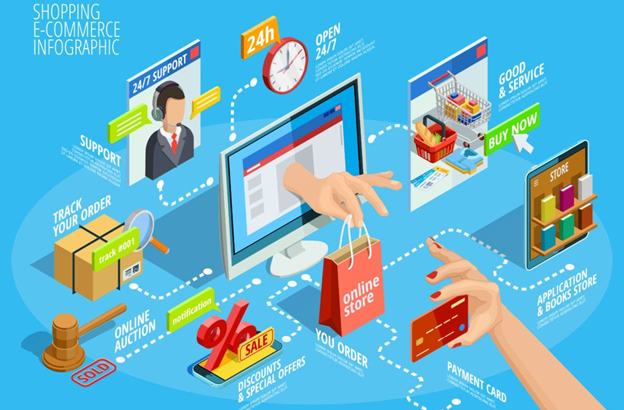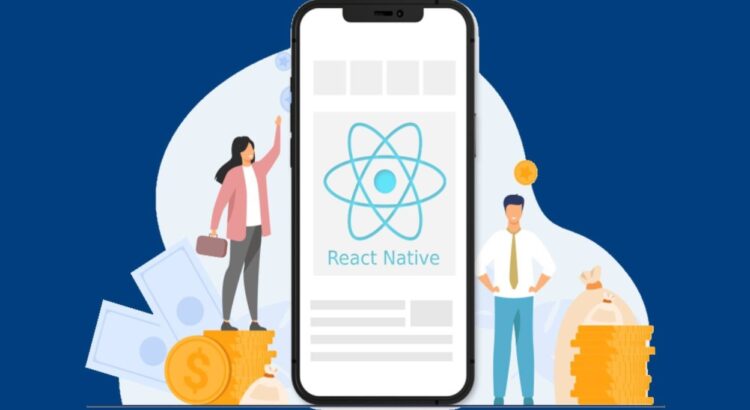In the competitive world of eCommerce, the checkout experience is crucial. A seamless and efficient checkout process can significantly reduce cart abandonment and enhance customer satisfaction. Here’s how you can create a flawless checkout experience for your eCommerce app.
Simplify the Checkout Process
A lengthy and complicated checkout process can deter customers from completing their purchases. To avoid this, streamline your checkout process by minimizing the number of steps and fields required. Only ask for essential information such as shipping and billing details. Additionally, offering a guest checkout option can further simplify the process for first-time buyers who may be hesitant to create an account. Incorporate autofill options to save customers’ time and reduce the chances of errors.
Optimize for Mobile
With a significant portion of online shopping done via smartphones, ensuring your checkout process is optimized for mobile devices is essential. A responsive design that adjusts seamlessly to different screen sizes can enhance the mobile shopping experience.
Enhance Security
Security is a top concern for online shoppers. Using SSL certificates to encrypt transactions and displaying trust badges can reassure customers that their information is secure. Implementing two-factor authentication for high-value transactions can also prevent fraud and build trust with your customers.
Provide Multiple Payment Options
Offering a variety of payment options can cater to different customer preferences and increase the likelihood of completing a sale. Provide options such as credit/debit cards, e-wallets, bank transfers, and buy now, pay later (BNPL) options. For international customers, offering payment in their local currency and integrating popular local payment methods can simplify the checkout process and expand your customer base.
Transparency and Communication
Being transparent about all costs, including taxes, shipping, and handling fees, is crucial. Unexpected costs at the final step can lead to cart abandonment. Provide a detailed breakdown of the total cost upfront. Including a progress indicator on your checkout page can help customers understand how many steps are left, reducing the uncertainty that often accompanies long checkout processes.

User Experience and Design
A clean and intuitive design is essential for a seamless checkout experience. Use large buttons, readable fonts, and a straightforward layout to guide users through the process. Providing visual feedback for completed steps and errors can help customers correct mistakes easily and continue with their purchase.
Save Cart and Address Information
Ensuring that carts are saved even if customers leave the site can increase the chances of them returning to complete their purchase. This can be done through cookies or account-based solutions. Allowing customers to save multiple shipping addresses can also enhance their shopping experience, especially for repeat customers and during holiday seasons.
Post-Checkout Engagement
Immediately sending an order confirmation email with all the details can reassure customers that their order has been received and processed. Follow-up emails with shipping updates and delivery estimates can keep customers informed and engaged. After delivery, requesting feedback or reviews can provide valuable insights and improve future shopping experiences.
Customer Support
Providing real-time customer support through live chat or a help desk during the checkout process can resolve any last-minute queries or issues that might prevent a sale. Having a detailed FAQ section addressing common checkout issues can also help customers find quick solutions without needing to contact support.
Testing and Optimization
Regularly performing A/B testing on different elements of your checkout process can help identify what works best. Test different layouts, button colors, field arrangements, and more. Collecting feedback from users about their checkout experience can provide valuable insights for continuous improvement.
Integrate Social Proof and Reviews
Including social proof, such as customer reviews and ratings, within the checkout process can reassure potential buyers about the quality of your products and services. Positive reviews and testimonials can reduce anxiety and build trust, encouraging customers to complete their purchases.
Personalized Checkout Experience
Personalization can significantly enhance the checkout experience. Use customer data to tailor recommendations and offers during the checkout process. Personalized messages, such as a thank you note with the customer’s name or product recommendations based on past purchases, can make the checkout process feel more engaging and relevant.
Streamlined Returns and Refunds Process
A hassle-free returns and refunds policy can encourage customers to complete their purchases by providing them with the confidence that they can return products if needed. Clearly outline your returns policy on the checkout page and make the process as simple as possible. Providing prepaid return labels and easy-to-follow instructions can enhance the customer experience and increase the likelihood of future purchases.
Creating a flawless checkout experience for your eCommerce app involves a combination of simplicity, security, and user-centric design. By focusing on these key areas, you can significantly enhance customer satisfaction and drive more conversions. A seamless checkout process not only completes a transaction but also builds trust and encourages repeat business. Continuously iterating and optimizing based on user feedback and emerging trends can help you stay ahead in the competitive eCommerce landscape.
By implementing these strategies, you can transform your checkout process into a seamless and enjoyable experience for your customers, ultimately driving higher conversion rates and long-term customer loyalty.





